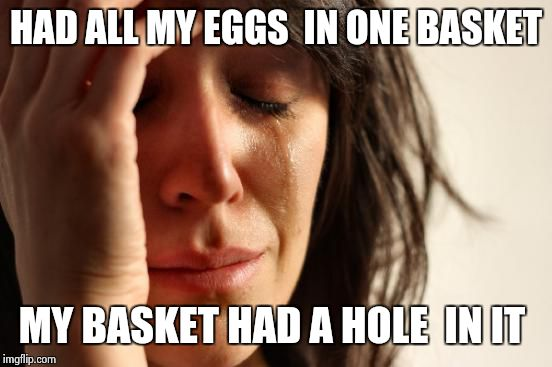
With CPI coming out tomorrow and product weights getting an update, thought I’d dig into this and share what I found.
As with any survey-based datasets, there's nuance.
Here’s more than you wanted to know about food cpi. I’ll focus on food at home & food away from home.
As with any survey-based datasets, there's nuance.
Here’s more than you wanted to know about food cpi. I’ll focus on food at home & food away from home.
https://twitter.com/TheStalwart/status/1491403418673549312

Food at home is mainly comprised of stuff you find at the grocery store – the chart below shows the main sub-components.
During the time of survey, every item in food at home is measured in a specified unit of size (eg. price per pound, gallon, etc.)
During the time of survey, every item in food at home is measured in a specified unit of size (eg. price per pound, gallon, etc.)

The BLS measures prices primarily by sending out field staff to grocery stores, warehouse clubs, anywhere with these food items, across the US. While at the grocery store, they collect price data in a couple ways depending on the item.
First, if things are priced by the unit (eg. a store selling 1 apple for $0.50 each), BLS surveyors will weigh two apples to get an average price per ounce to control for the size of the apple.
This unit-price method is relevant to a variety of food items.
This unit-price method is relevant to a variety of food items.
That detail aside, for each item in food at home, the BLS posts their standard unit of measurement in the link below.
For example, prices for prepackaged ice cream is measured by half gallon. Red delicious apples are measured per pound, etc…
bls.gov/cpi/factsheets…
For example, prices for prepackaged ice cream is measured by half gallon. Red delicious apples are measured per pound, etc…
bls.gov/cpi/factsheets…
Discounts
1. things like back-to-school discounts are applied if the discount happens to >50% of items
2. things like senior discounts. eg: cash sales account for 84%, senior discounts 10% & employee discounts 6%, a 1-time probability based selection is made for which to report
1. things like back-to-school discounts are applied if the discount happens to >50% of items
2. things like senior discounts. eg: cash sales account for 84%, senior discounts 10% & employee discounts 6%, a 1-time probability based selection is made for which to report
Other factors
taxes: not captured (unlike other CPI categories)
container deposits: eg. a bottle that can be returned for $0.05, prices may reflect
memberships: if actual price paid depends on the level of membership, a specific membership level is selected and reported
taxes: not captured (unlike other CPI categories)
container deposits: eg. a bottle that can be returned for $0.05, prices may reflect
memberships: if actual price paid depends on the level of membership, a specific membership level is selected and reported
Adding it up: how does the BLS go from surveying individual price changes such as baby food and salad dressing to overall food at home?
For each item, in each area, in each month, an “aggregation weight” is multiplied by the price index to arrive at the “cost weight”.
For each item, in each area, in each month, an “aggregation weight” is multiplied by the price index to arrive at the “cost weight”.

Cost weights are additive getting you to the overall index.
Aggregation weights change every 2 years during "pivot months" & based on consumption data from 2 & 3 years prior. Sometimes the change is substantial.
eg: 2014 weights are based on consumption data from 2011 and 2012.
Aggregation weights change every 2 years during "pivot months" & based on consumption data from 2 & 3 years prior. Sometimes the change is substantial.
eg: 2014 weights are based on consumption data from 2011 and 2012.

Tomorrow’s CPI release notably is a pivot month too.
On the BLS site, they say the “BLS considered interventions, but decided to maintain normal procedures”.
These interventions were likely considered due to distortions brought on by the COVID-19 pandemic.
On the BLS site, they say the “BLS considered interventions, but decided to maintain normal procedures”.
These interventions were likely considered due to distortions brought on by the COVID-19 pandemic.

Food away from home is less complex vs. food at home, but similar dynamics relevant to weights apply here too.
The BLS samples a collection of food services, including restaurants, schools, vending machines, catering, etc., each w/their own weight, that roll up to the index.
The BLS samples a collection of food services, including restaurants, schools, vending machines, catering, etc., each w/their own weight, that roll up to the index.

• • •
Missing some Tweet in this thread? You can try to
force a refresh





